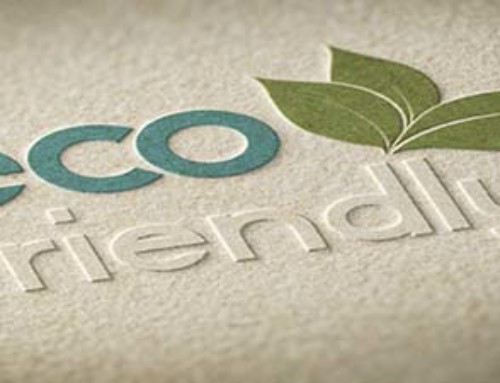Choosing a digital printing supplier depends on many factors ranging from pricing, capabilities, service and, most importantly, the quality of work produced. Unfortunately, the latter is the hardest to compare because there are so many variables affecting the quality of a print.
The quality of any digital printer changes based on the inks and substrates used, air humidity and temperature, gloss level or print mode. The way art is supplied is also an important element in the equation, but it’s often overlooked. What many forget is that the printed result directly depends on the standard of the original image as well as the resolution chosen in the output device – a principle that is pertinent to all areas of wide-format printing.
Quick Fact: A picoliter is one trillionth of a liter – so small the human eye can’t see it (represented numerically as 0.000000000001/liter). A standard raindrop can hold thousands and despite the small size, picoliters matter greatly in digital printing.
As a whole, printers will benefit from smaller droplet sizes as they are better for reproducing continuous tones and smooth color graduations.
It’s important to understand that all digital printing presses have several different modes affecting quality, color and print speed. It should be stressed that you compare apples to apples (or highest quality possible to highest quality possible) when looking at samples from vendors. Does your print provider supply their production in the same print modes sampled? Such samples should be periodically compared to production samples to make sure you are truly buying the quality of print agreed upon.
When evaluating the quality of a digital print, start by asking your supplier, “What is the smallest-size picoliter droplet your printer is capable of?” It’s a simple question that will help you understand the quality that their digital printing presses can achieve (ignoring all other factors). A smaller picoliter means tinier ink droplets which, generally speaking, means the machine can make higher-resolution prints. A related measurable term to help evaluate printing presses is dots per square inch, or DPI, but asking about the picoliter size really simplifies things and helps you avoid any misrepresentations such as apparent resolution and misstated DPI claims.
A picoliter is one-trillionth of a liter – so small the human eye can’t see it – and a standard raindrop can hold thousands. Despite the small size, picoliters matter greatly in digital printing. We’ve thoroughly evaluated printing presses from many different manufacturers and have seen the picoliter size make an undeniable impact in overall print quality. At Hopkins , we’ve have had several large format digital flat-bed printing presses over the past decade, and we’ve seen improvement in quality with each new press:
| 2007 | Inca Spyder 320 | 28 fixed picoliter drop size |
| 2009 | Inca Onset S20 | 27 fixed picoliter drop size |
| 2013 | Inca Onset Q40i | 9-11 fixed picoliter drop size |
| 2014 | Fujifilm Acuity F | 6-20 variable picoliter drop size |
Please note that our Acuity F press uses grayscale printheads that fire variable-sized drops made up of smaller sub drops – typically 6 to 20 picoliters. By using drops of different sizes, the human eye is tricked into seeing a smooth image. Small drops provide the fine details in an image and larger drops give coverage and color density. The ability to print multiple drop sizes means you get higher productivity and high quality using fewer nozzles.
Quality is the compelling feature that has driven us to purchase the smaller picoliter ultra-high quality presses instead of faster, low-quality, large-picoliter digital presses. The crisp edges found in details like text, hair, thin strokes, legal lines and detailed photos become easily noticeable when you compare our ultra-high quality presses to a standard regular-production press. We encourage you to look at prints head to head and see for yourself.
There will always be newer, innovative printhead technology, updated color control software and improved ink formulations that incrementally advance the quality and speed of digital presses. The single most important factor when evaluating print quality, however, will always revolve around the picoliter size of the droplet.[/fusion_builder_column][/fusion_builder_row][/fusion_builder_container]




